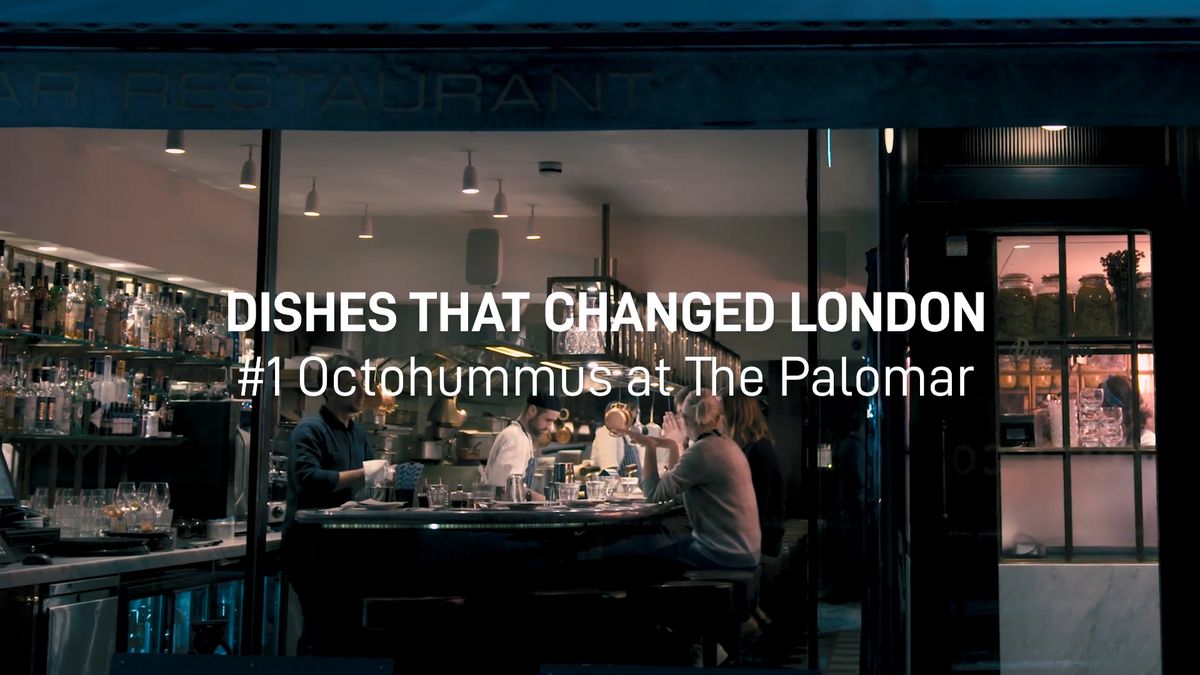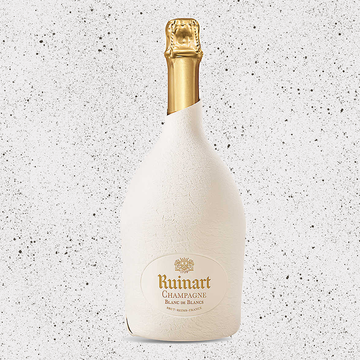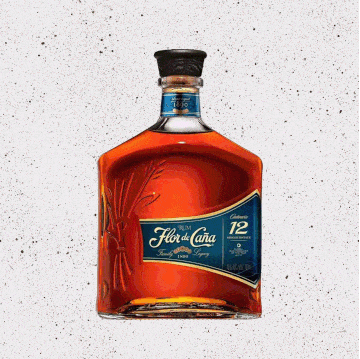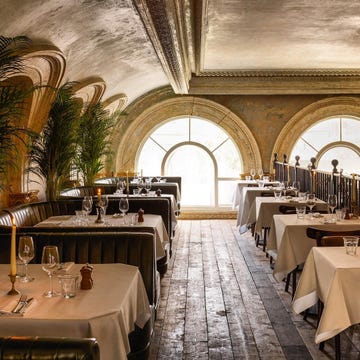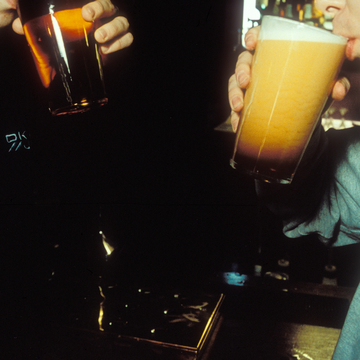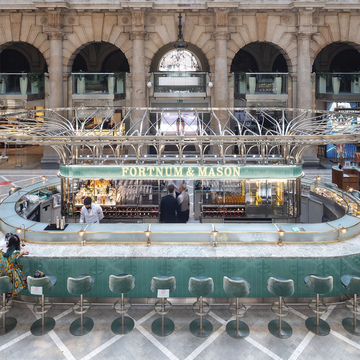The question I get asked more than any other is: "what's your prediction for the next big food trend?" If I'm caught unawares, I might attempt a thoughtful answer based on emerging patterns and observable shifts in the restaurant firmament, but the truth is I haven't got a bloody clue. I am no more clairvoyant than the next idiot and, besides, I'm usually wrong anyway.
Trends are often the result of zeitgeist, that curious cultural phenomenon where, inexplicably, large numbers of people have the same idea at the same time. It's quite incredible to note, for example, how many barbecue restaurants have opened in the last 36 months. In London alone, whereas a few years ago we had three, possibly four, places specialising in the slow fusion of fire and meat, there are currently around 10 times that number. That's an increase of 1,000 per cent. Now that's a trend.
With the relatively rapid route from street market stalls to bricks-and-mortar restaurants nowadays, it is much easier to track trends and predict their trajectory once they have started. The street-food scene is a fertile and joyful melting pot of ideas and talent and our restaurant landscape is all the better for it. But it does produce places with more than a smattering of overlapping stylistic markers and characteristics. I even dabble in the occasional game of New Restaurant Bingo: small sharing plates — check; no reservations — check; exposed brickwork — check; tattooed bartenders — check; carefully sourced, single estate, extra-virgin, Cornish rapeseed oil — full house. It's easy to be cynical, I suppose, but it is also easy to see that, often, food trends end up eating themselves.
I was on holiday with my family in Tuscany last year, my first visit, staying in an old farmhouse just outside Siena. The restaurants we visited were all very rural, sleepy places with short menus and basic wine lists. There was one dish which appeared everywhere, however — cacio e pepe. This is a simple undertaking of pasta (in my experience usually pici, short, clumsily rolled, thick spaghetti), pecorino cheese and cracked black pepper. It is Roman in origin, where the dialect for pecorino is cacio. I have to say, it was a revelation. The sauce of melted pecorino is loosened by the addition of the starchy cooking water from the pasta. It takes a little bit of concentration to make sure the sauce is kept hot so that the cheese does not clump, but, my goodness it's worth it.
I had cacio e pepe every day on that holiday and made it at home several times on my return. I put it on the menu at one of my restaurants as a special. Then I noticed something odd: it had simultaneously started to appear on other restaurant menus in London with alarming frequency. On a subsequent trip to New York, I saw it everywhere there, too. Cacio e pepe has fully entered the collective psyche of foodies. It is part of the restaurant zeitgeist. It has become a trend.
I'm not sad about this as it's my favourite pasta dish — it has a deeply unctuous flavour and texture, and it's a startlingly simple recipe. But, unlike some trends, I never tire of it.
Cacio e pepe
Serves 4
•
500g pici pasta (use tonarelli or even spaghetti if you can't find pici)
•
300g finely grated pecorino Romano cheese
•
Large knob of good butter
•
Black peppercorns
Method
1 | First, empty your pepper grinder and put the black peppercorns into a small heated frying pan over a high heat. Dry-fry the peppercorns for 2mins, shaking the pan frequently. Set aside until the corns are cool and then return to the grinder.
2 | Bring a large pan of salted water to the boil and cook the pasta according to the packet's instructions. When the pasta is al dente, drain but retain the cooking water and leave it on a medium heat. Set the drained pasta aside.
3 | Here, speed is of the essence. In a separate large, heavy-bottomed pan, melt the butter over a medium heat and add 4 tbspns of the pasta cooking water. Scatter in most of the grated pecorino, stirring quickly with a fork. Still stirring, use a small ladle to add a little more cooking water to the pan. Keep the fork going, adding more cooking water as necessary to create a smooth, glossy sauce.
4 | Add the drained pasta to the sauce and keep stirring until every strand is coated, adding a little more cooking water if the sauce looks too stiff (but be careful not to make it too watery). Using the coarse setting on the grinder, crunch a generous amount of the toasted peppercorns into the pasta and sauce, before stirring.
5 | Serve immediately onto four warmed plates and scatter over the remaining pecorino with a little more ground pepper if desired.
Russell Norman is appearing at this year's Port Eliot Festival: porteliotfestival.com; russellnorman.net



